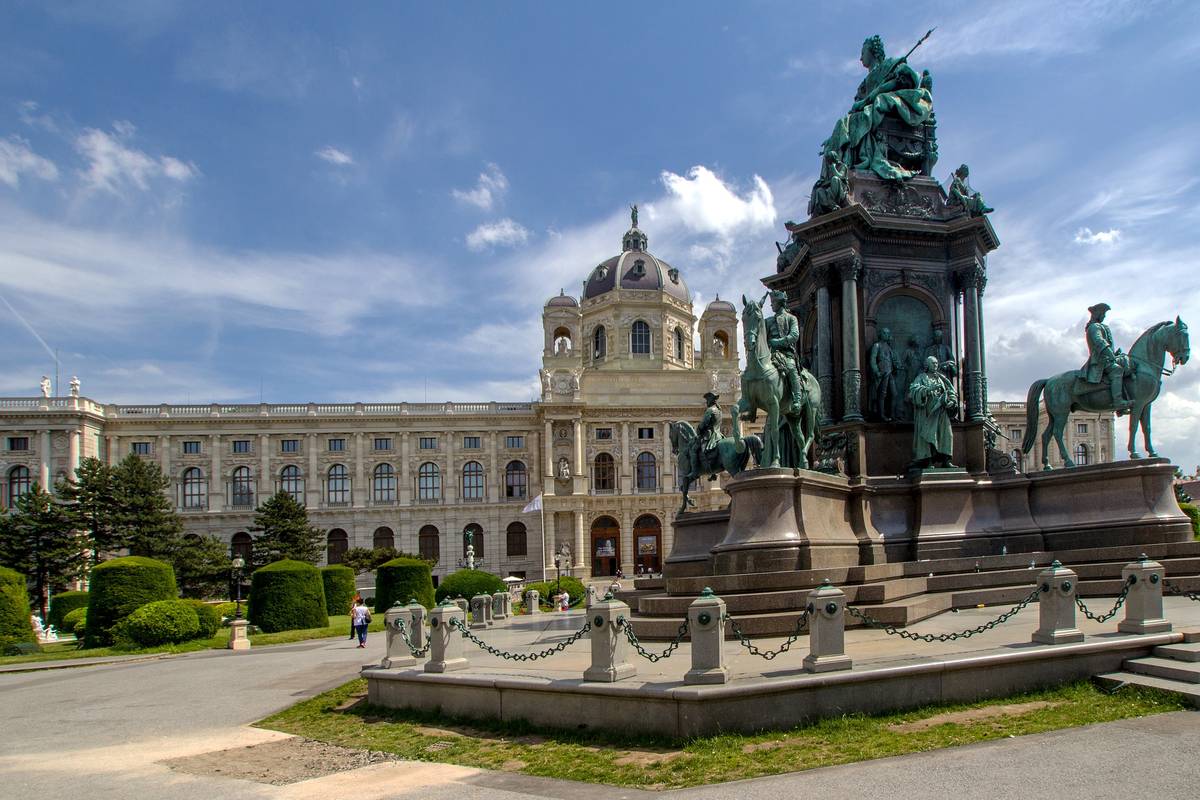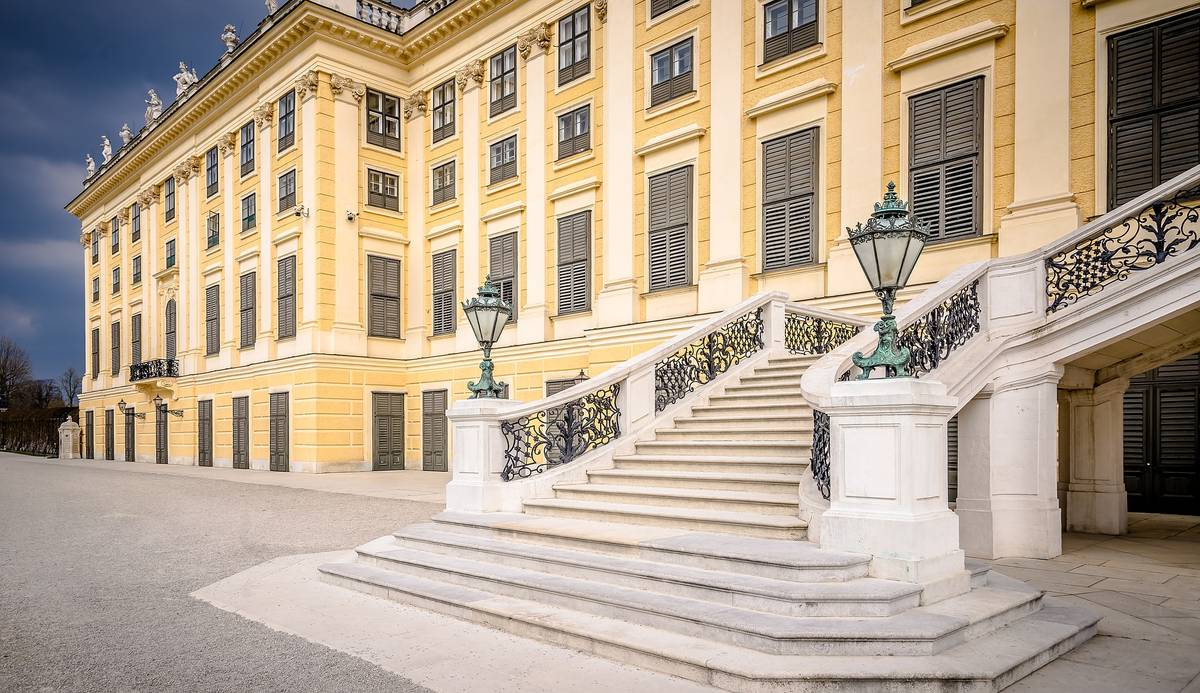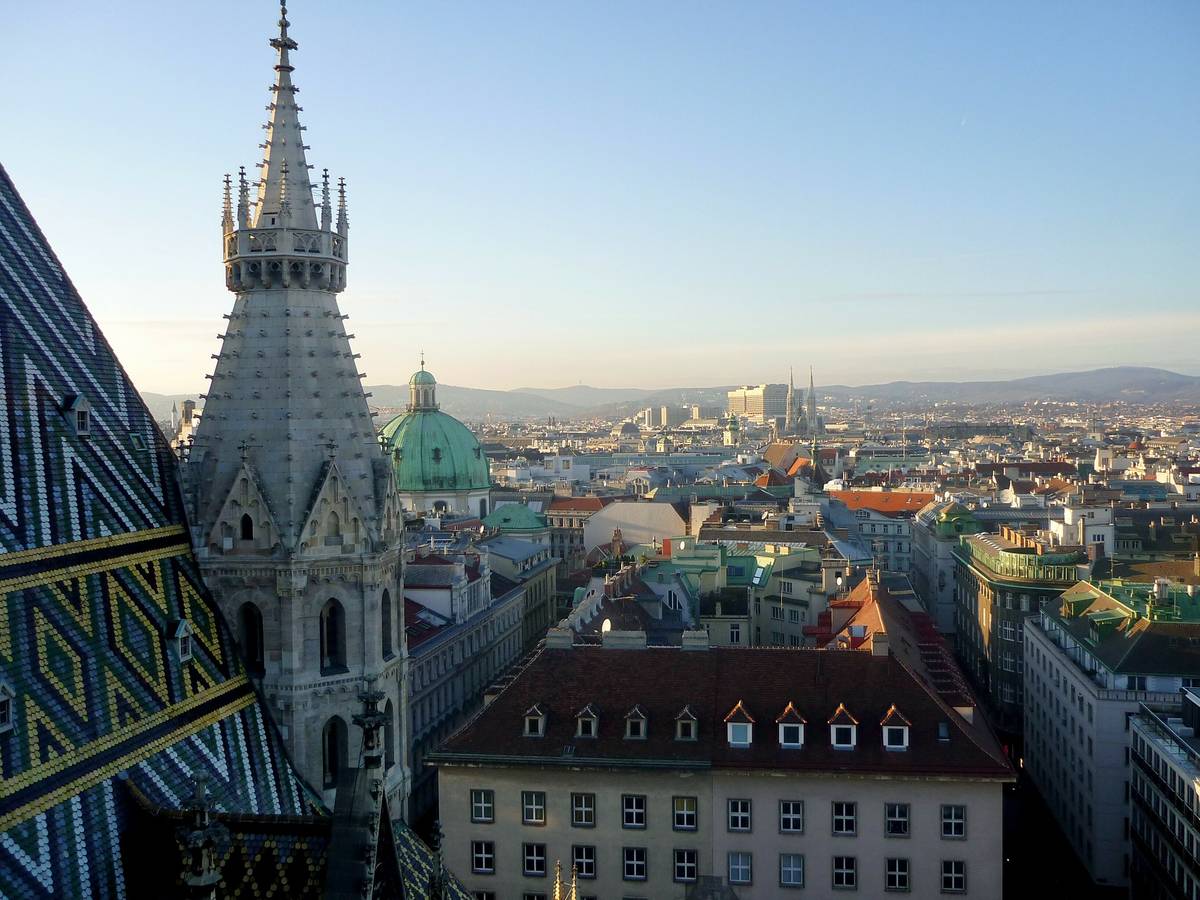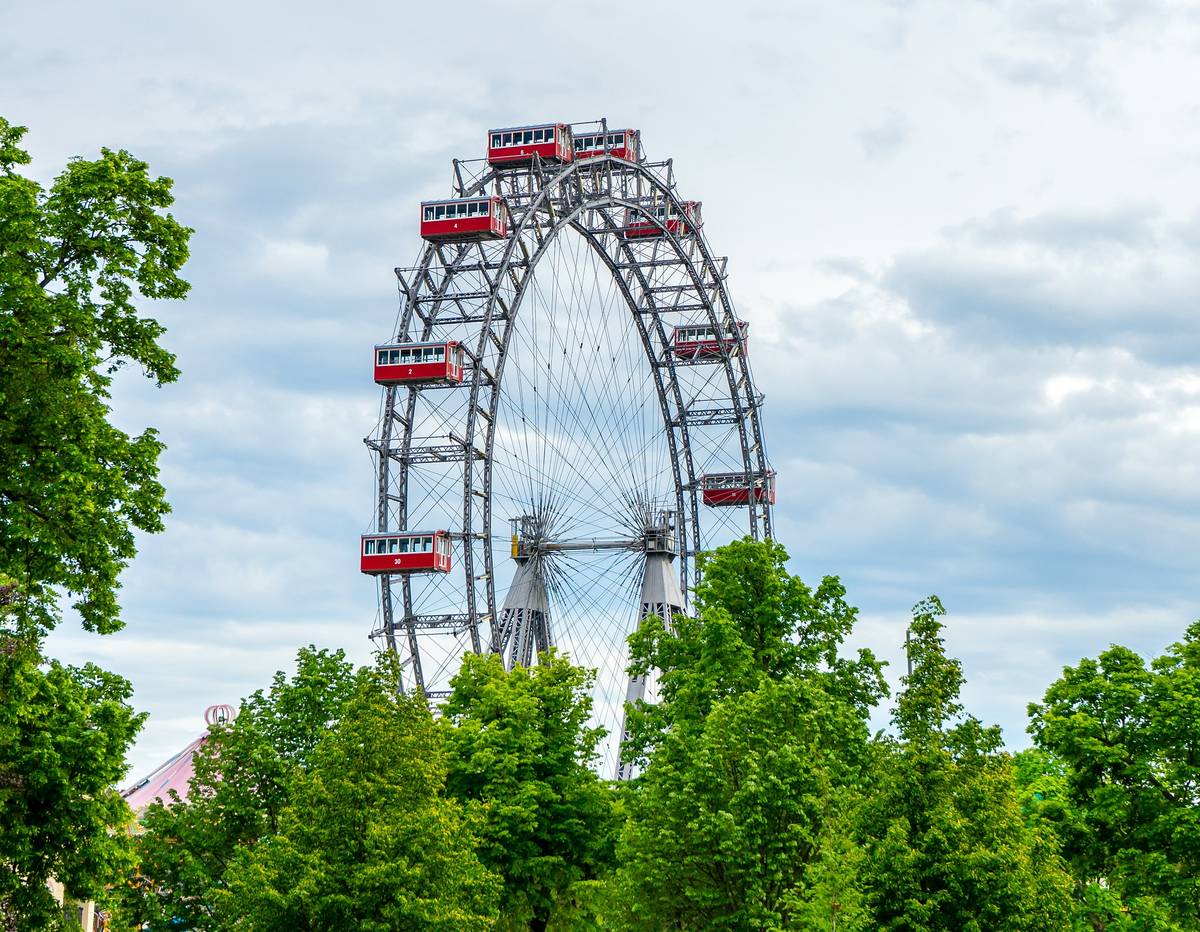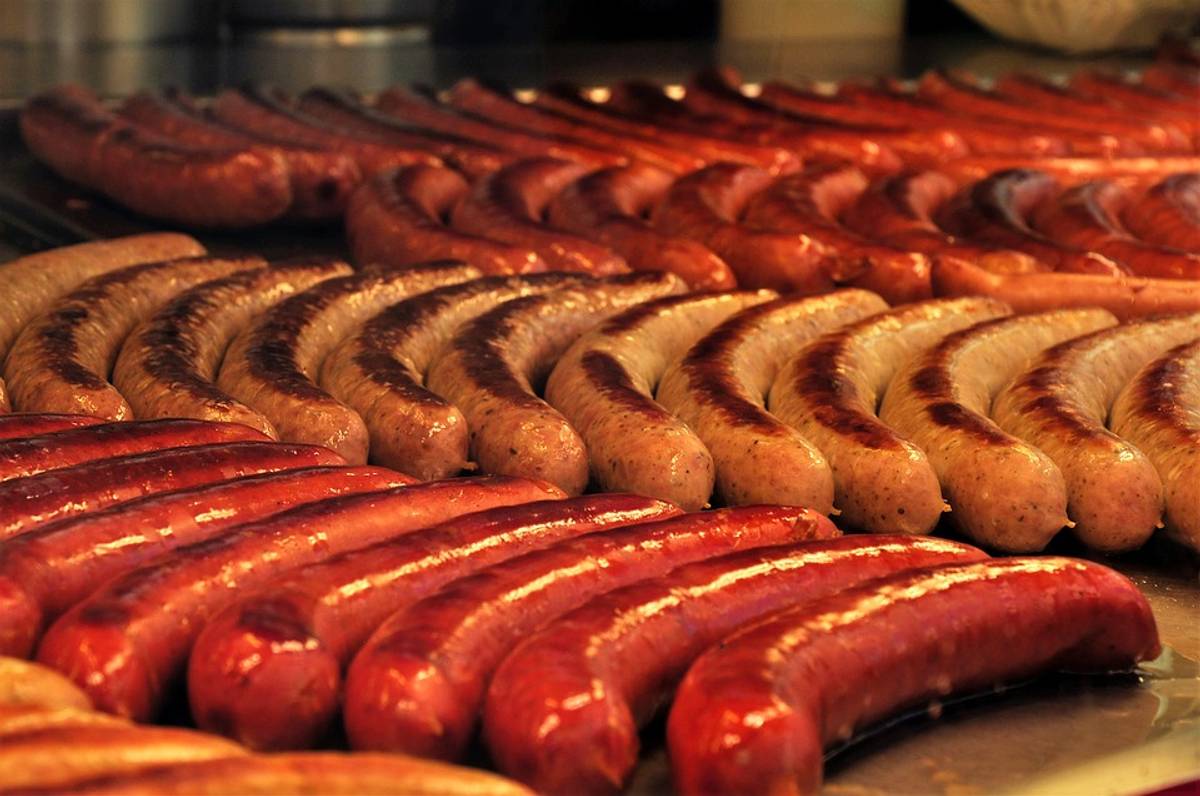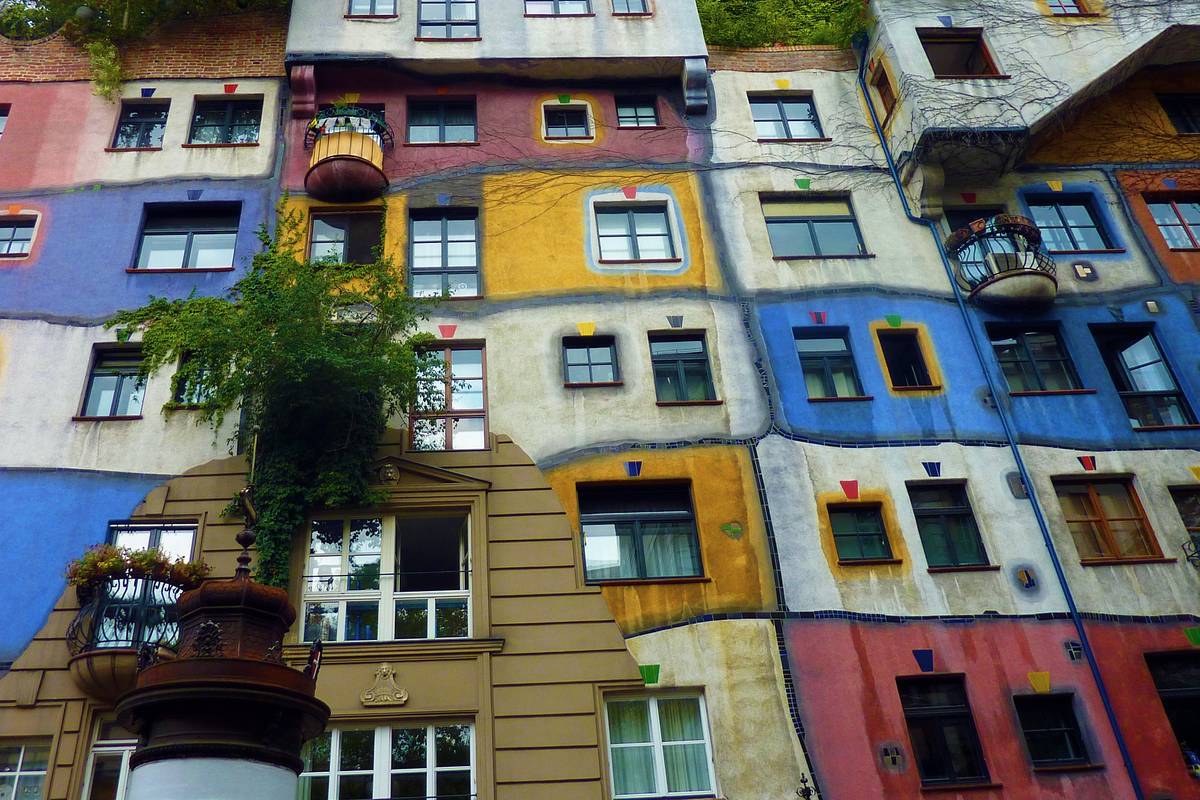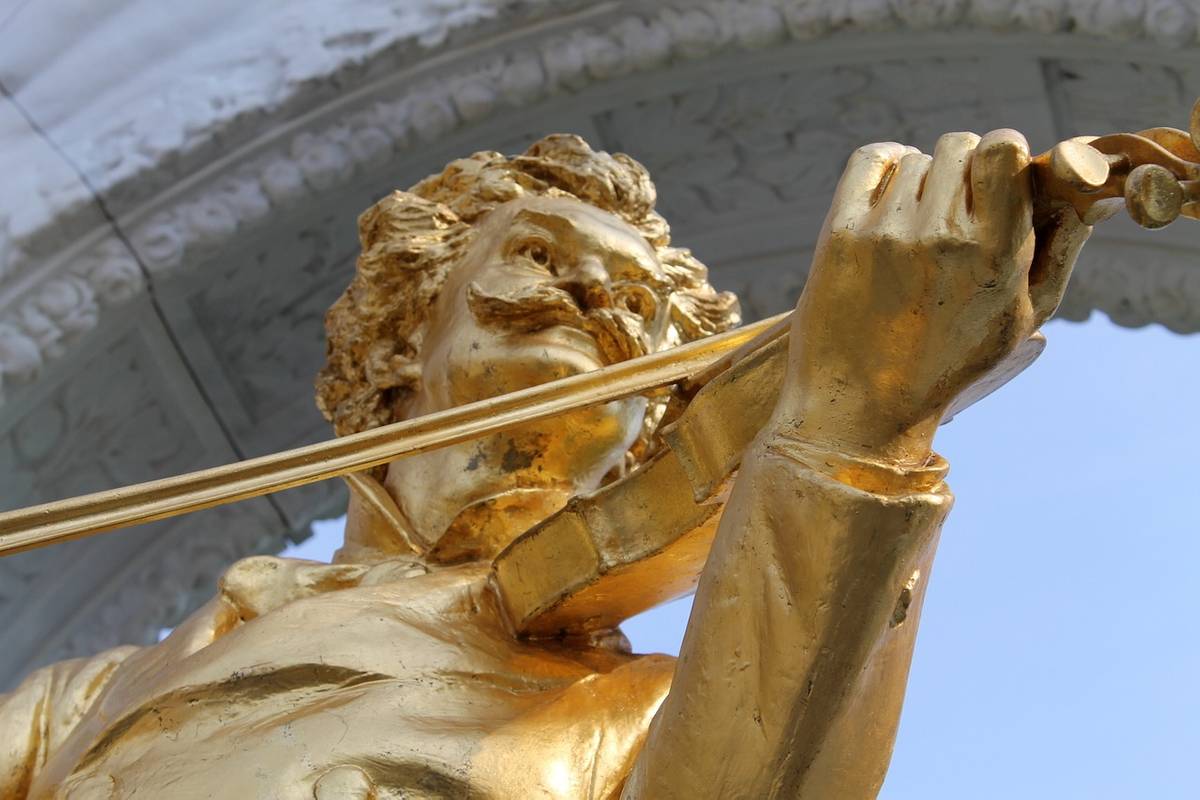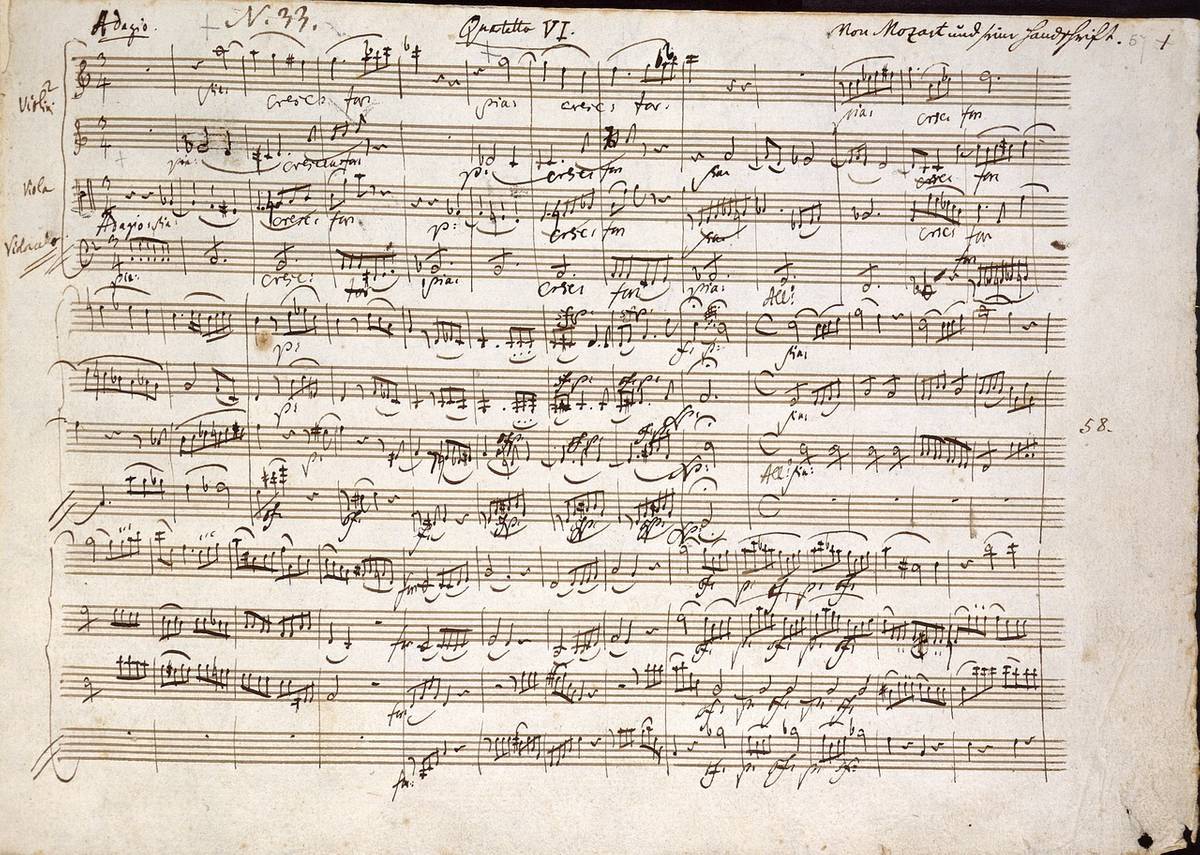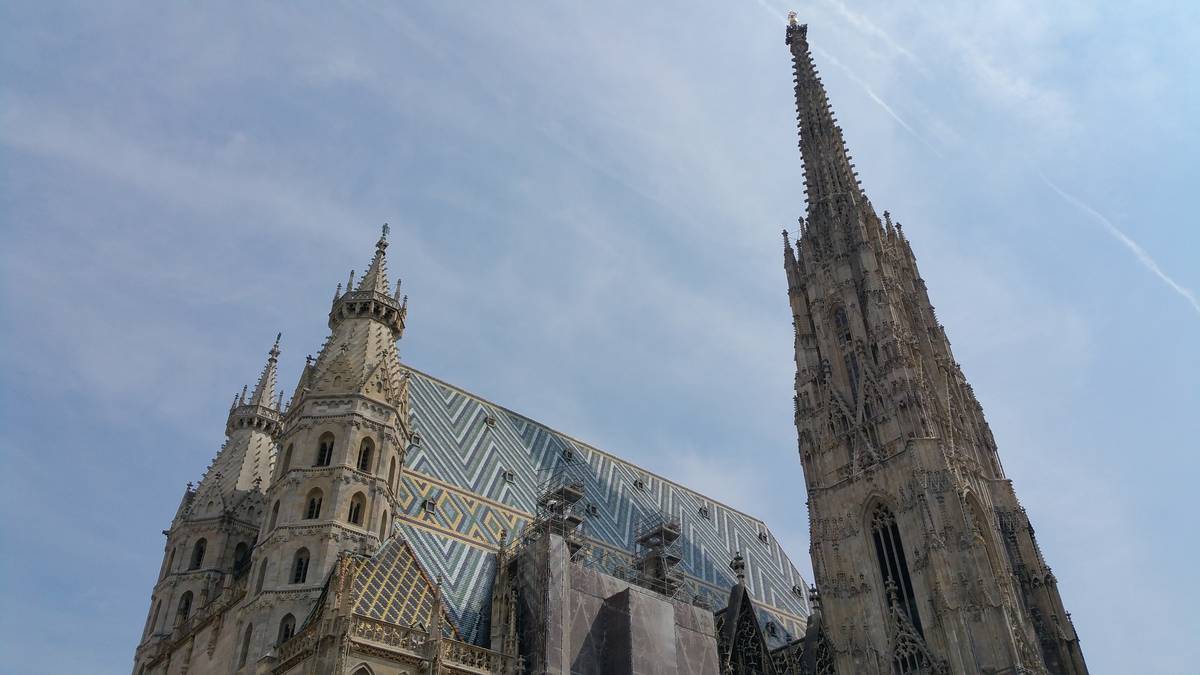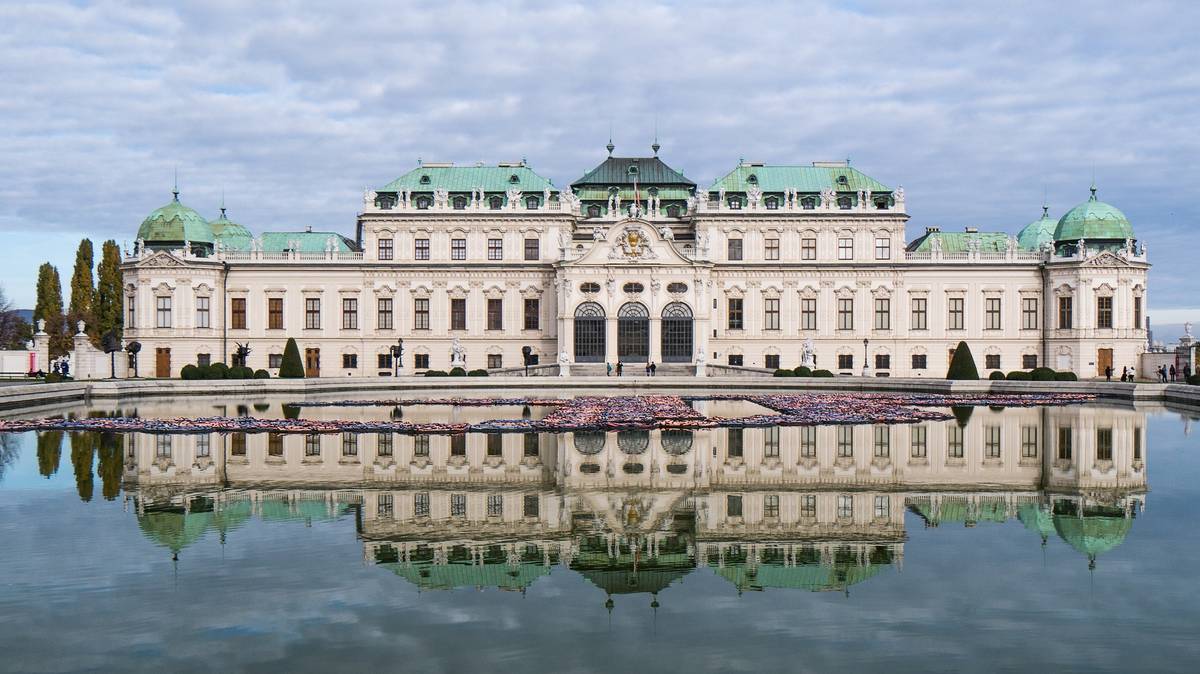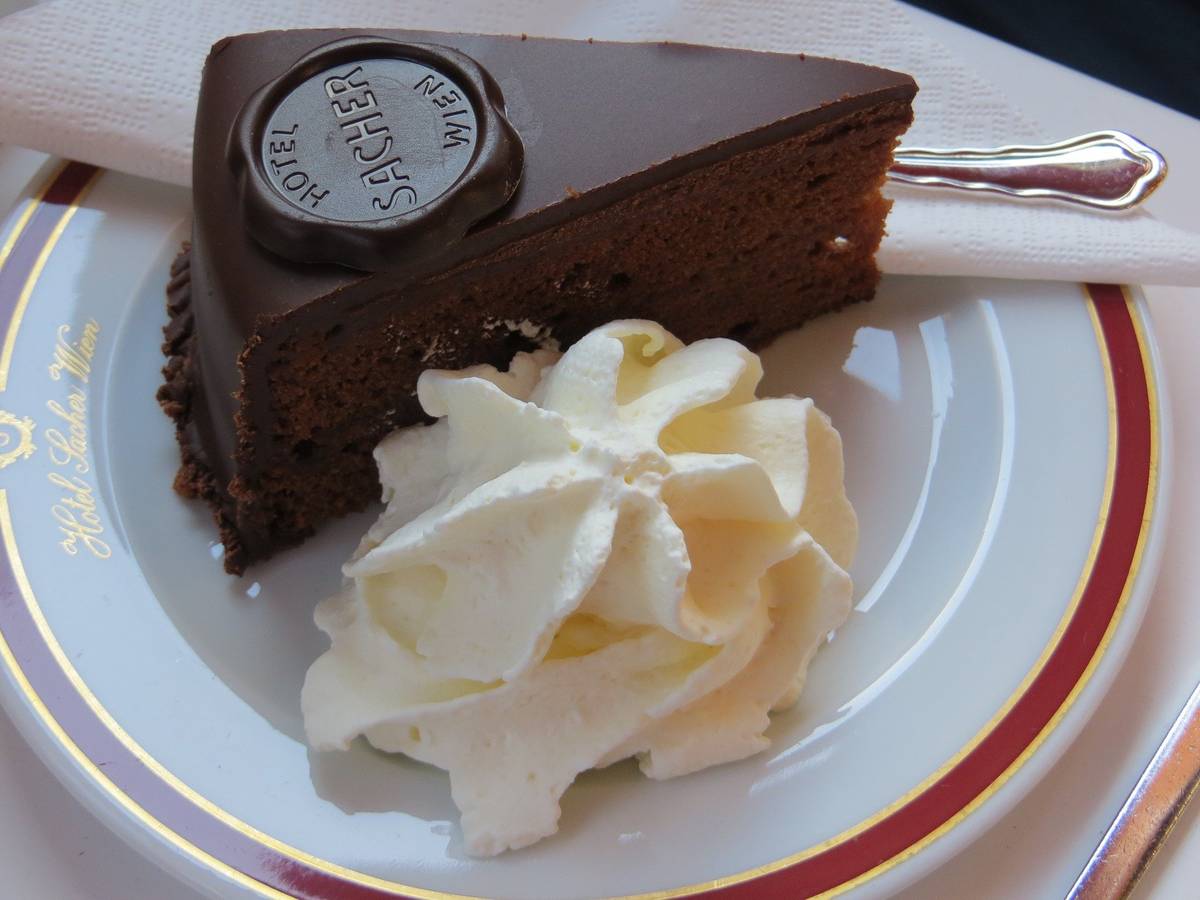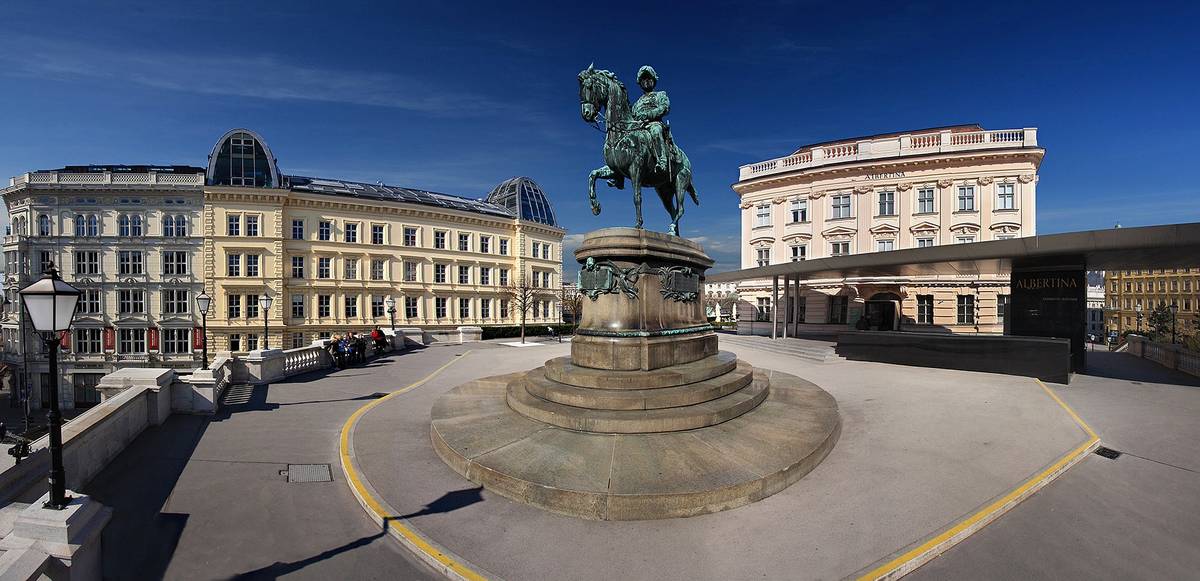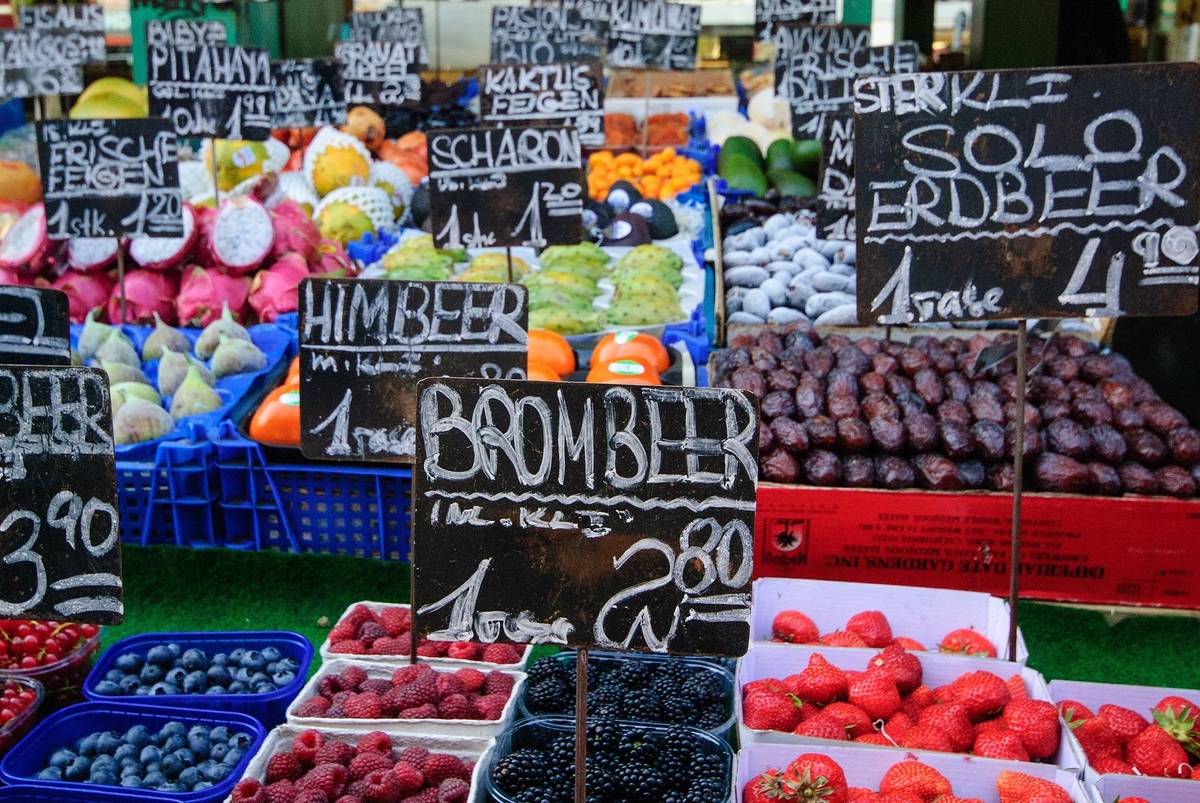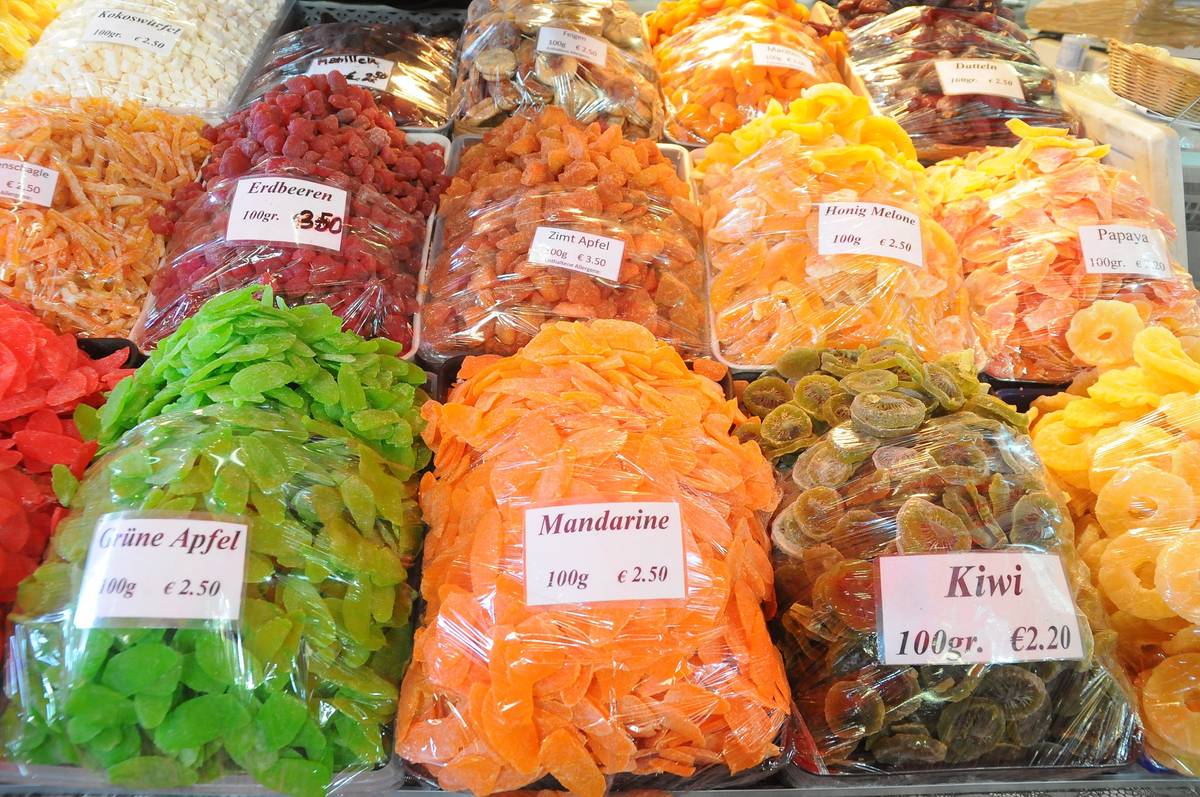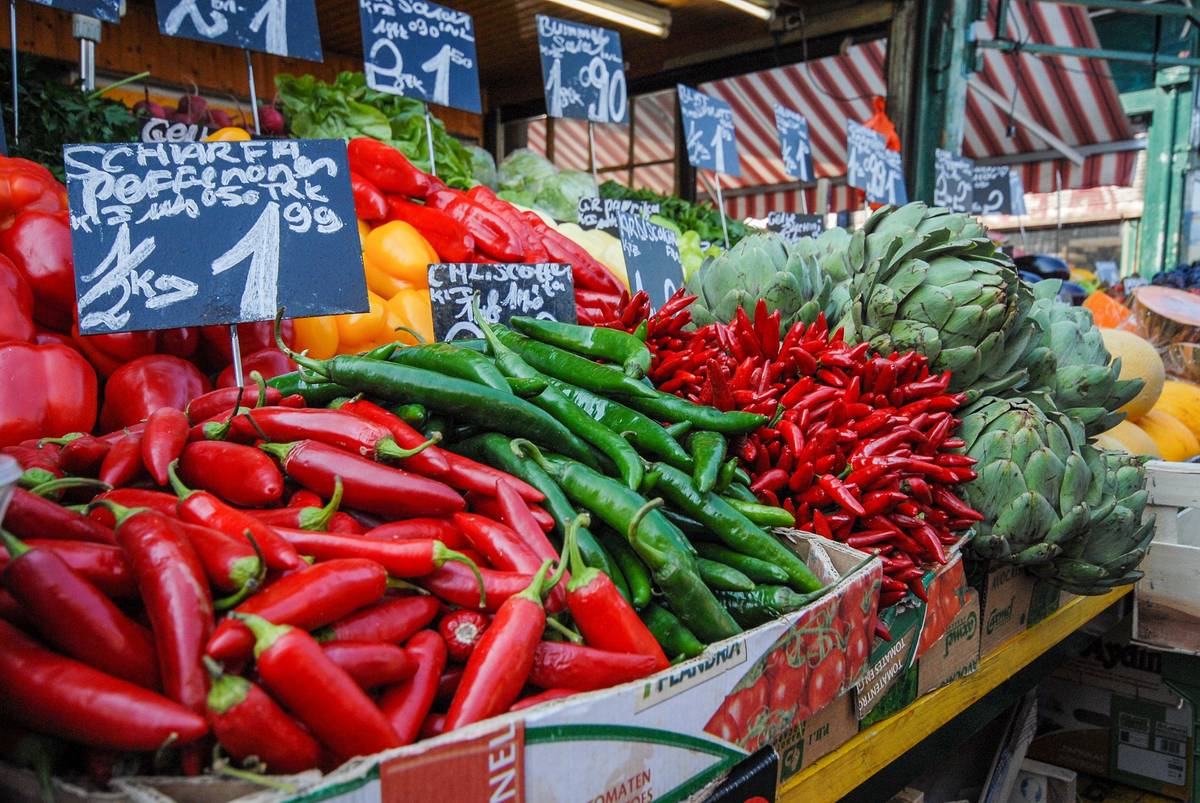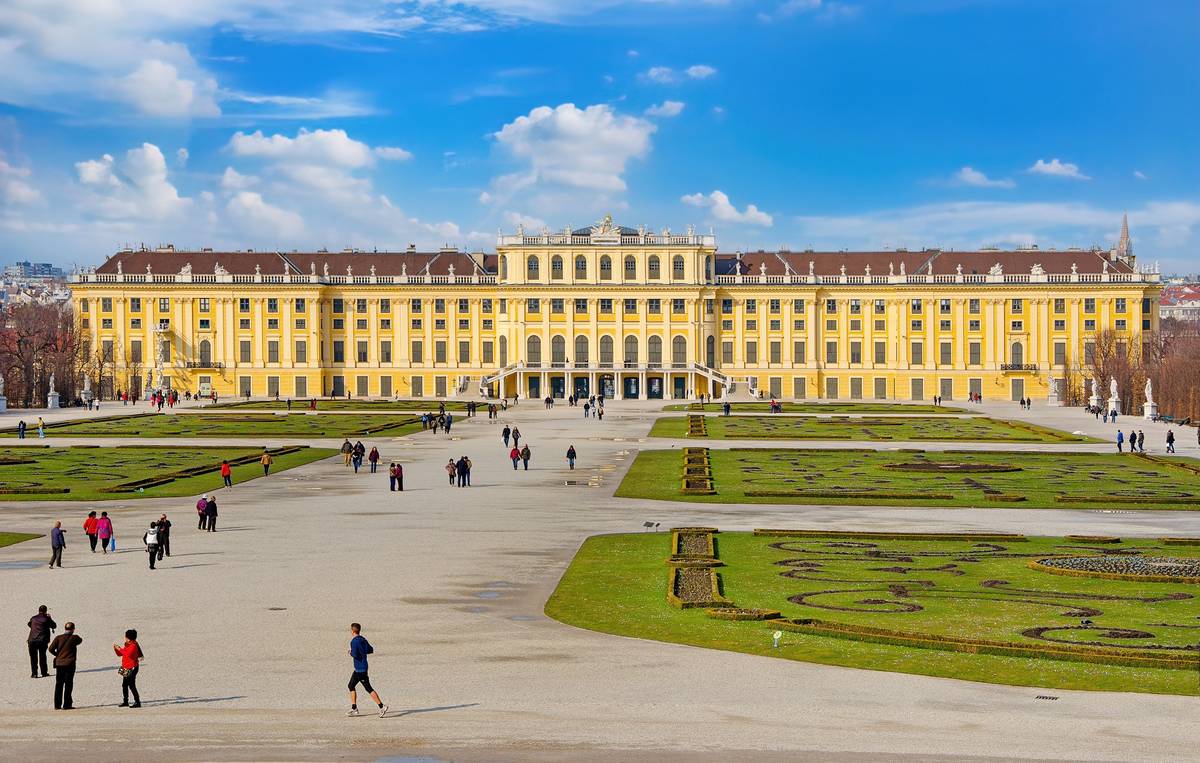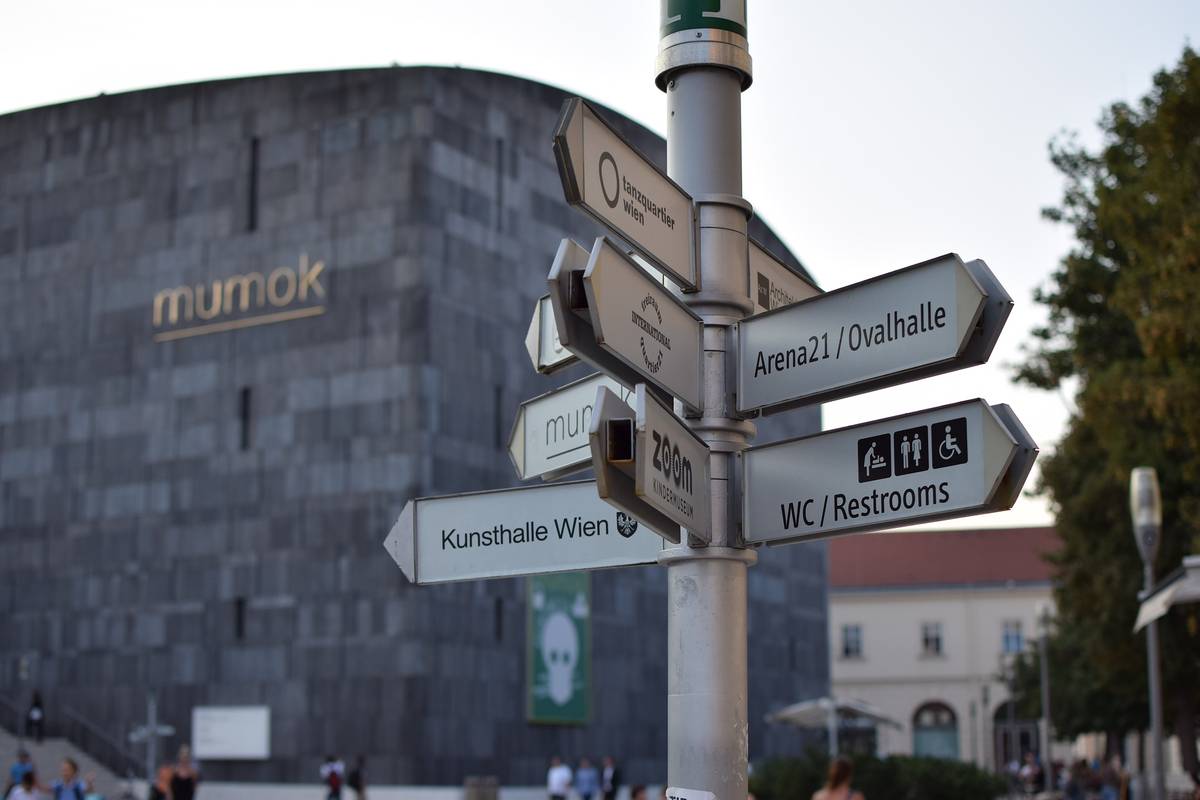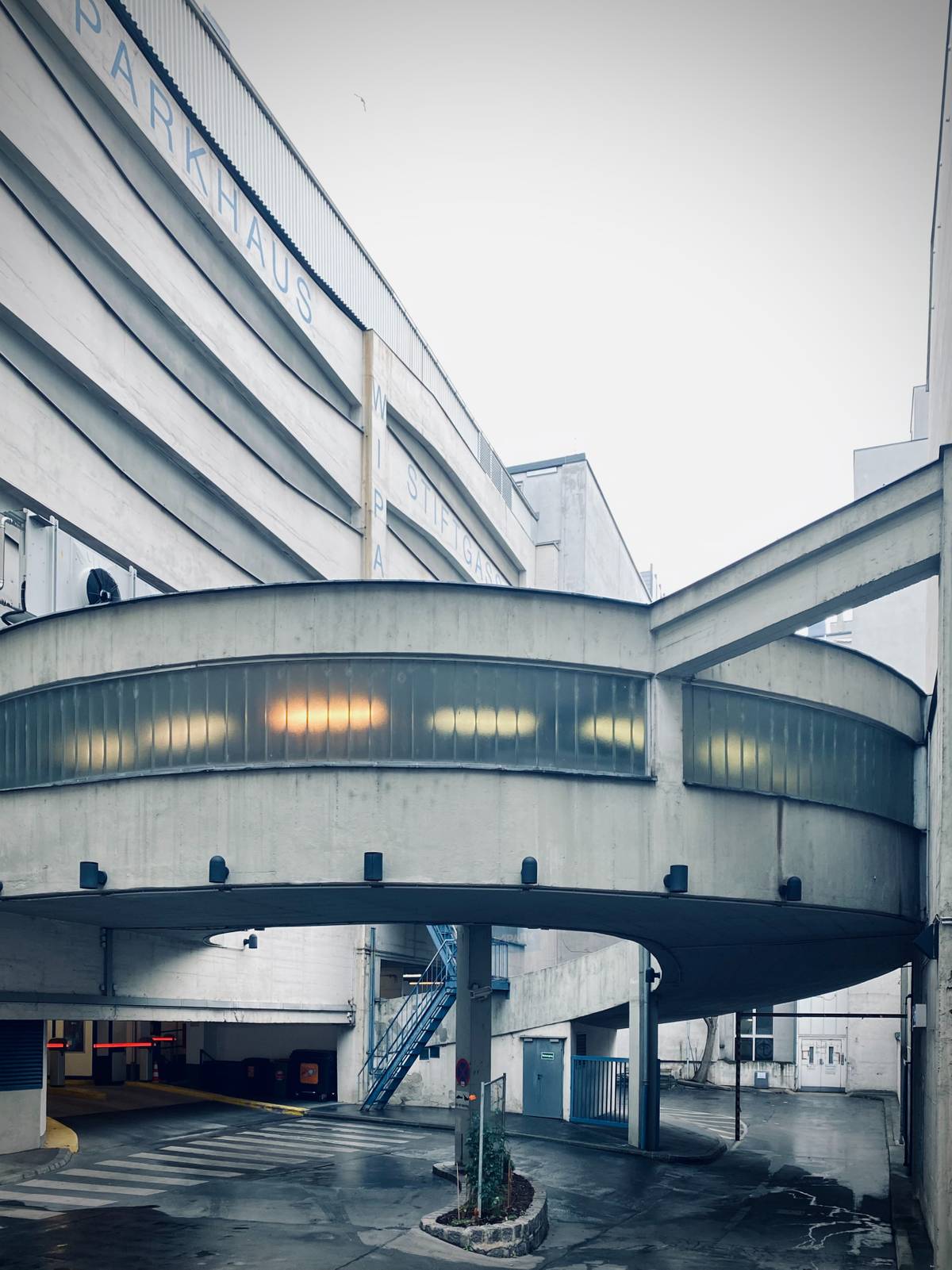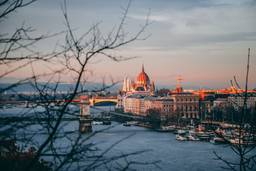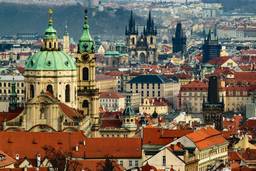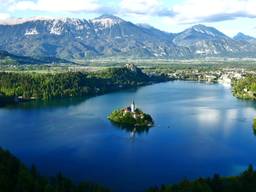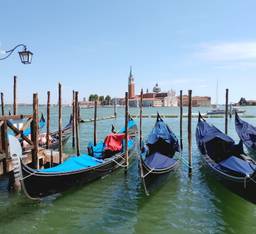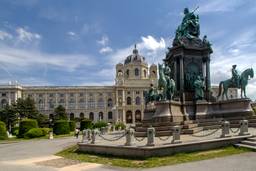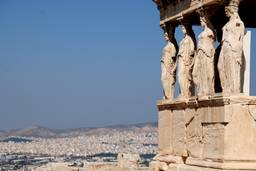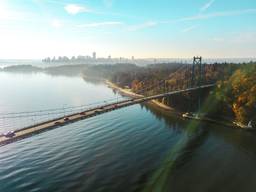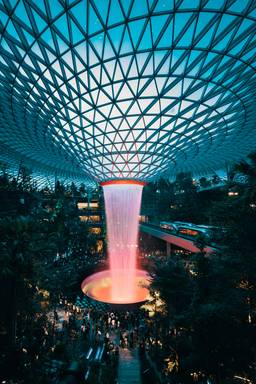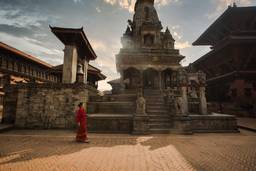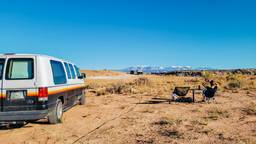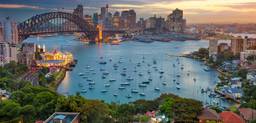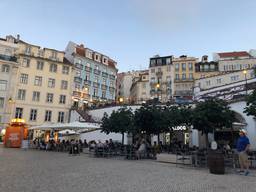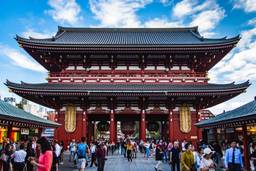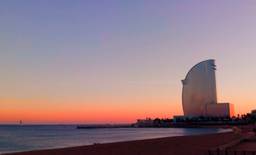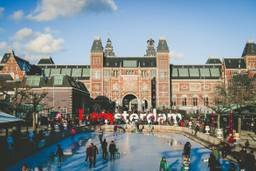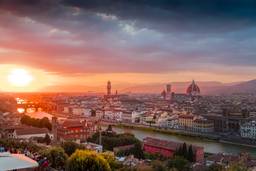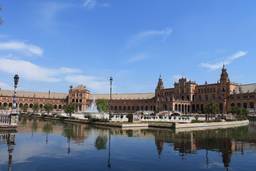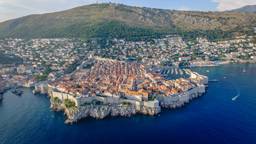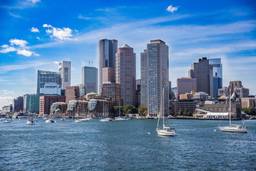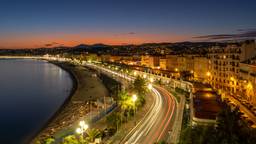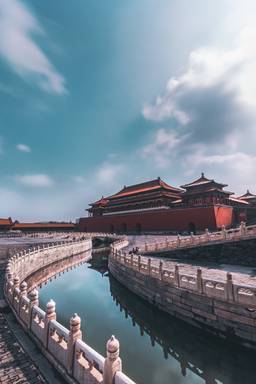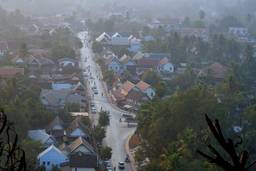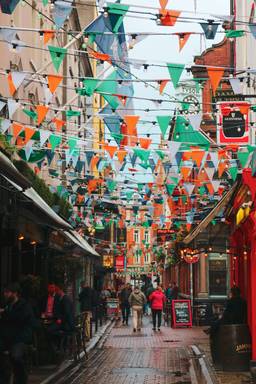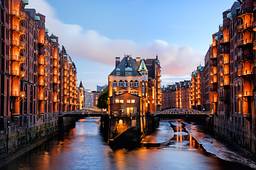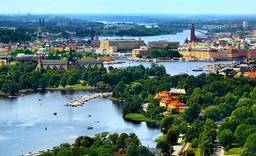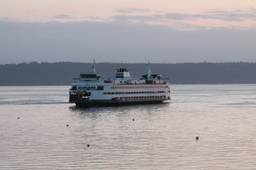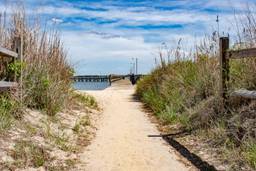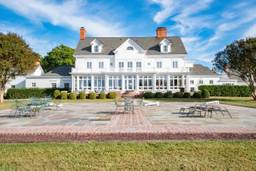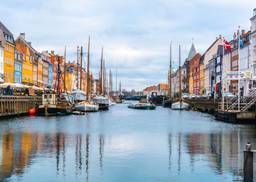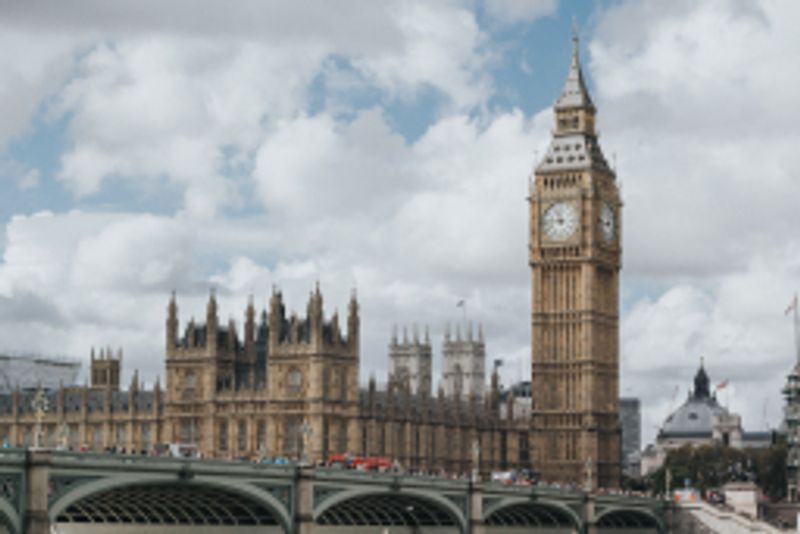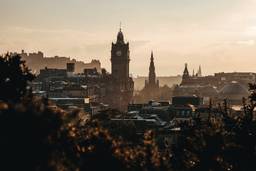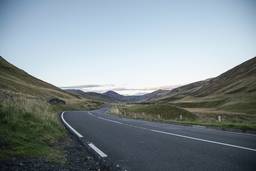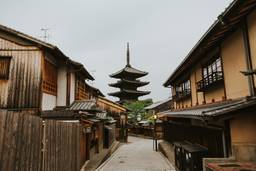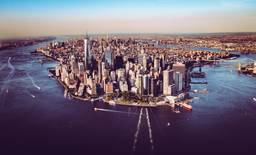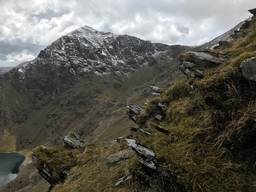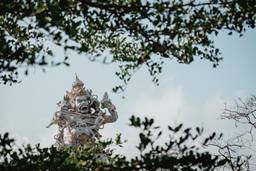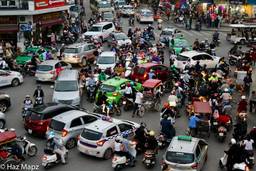How to spend a long weekend in Vienna
Travel Itinerary
Itinerary Introduction
The former nucleus of the sprawling Hapsburg Empire, Vienna is filled with imposing palaces, grand Baroque architecture and historic monuments. Wander round the city and you’ll find reminders of Vienna’s illustrious past at every turn. What’s more, the former home of Mozart, Beethoven, Brahms and countless other celebrated musicians, has an incredibly rich musical culture, and on any given night you’ll be able to listen to classical music concerts and piano performances across town. Spend your time in the Austrian capital sipping coffee in traditional coffeehouses, exploring fascinating museums and admiring impressive art collections. I’ve visited Vienna many times in recent years, and every time I find something new to discover. I’m particularly drawn to the city’s grand art galleries, where I can spend hours learning about art and artists from across the centuries. I also love indulging in hearty Austrian meals at Vienna’s cosy restaurants – the perfect escape from the country’s bracing winters – and sampling Austria’s famous Riesling wines. Image credits: andreas N from Pixabay; andreas N from Pixabay; Jörg Peter from Pixabay; Sonja Czeschka from PixabayUseful information about Vienna
Best times to visit Vienna
In the summer, Vienna is warm and bright, although it does get cooler in the evenings. The Donauinsel (Danube Island), a car-free island in the Danube River, becomes a popular spot for walking and cycling, or sunbathing along its grassy banks. In winter, the weather can become very cold and windy, and snow is not unusual. Winter is a wonderful time to visit Vienna, with ice skating rinks springing up around town, and Christmas markets seemingly filling every square. At the markets, sip on warming glühwein (mulled wine) and other hot, spiced drinks, and browse the wooden stalls selling handmade souvenirs and festive decorations.Getting around in Vienna
On the whole, Vienna is easily walkable, and strolling across the city on foot will allow you to discover quaint restaurants and small museums that you may not have considered otherwise. For longer journeys, the U-bahn (the underground subway), is the fastest way to travel, and runs from around 5/6am until midnight/1am. The city also has an extensive – and reliable – tram system, meaning you can take in the sights while travelling between destinations, or you may wish to hop on a bus. Finally, the double-decker S-bahn train is the cheapest option for travelling to and from the airport, and you may also need to use the S-bahn if your accommodation is located in the Viennese suburbs. Watch out when you’re crossing the road, as you could be fined for jaywalking. Alternatively, there are numerous bike hire shops around town, as well as the pay-as-you-go CityBike Wien, which you can pick up and drop off at stations around town. Plentiful bike lanes will whizz you around the city, just be careful on the narrower streets in the historic quarter.Making payments in Vienna
While most larger destinations in Vienna will accept card payments, it’s always worth having cash with you (Austria’s currency is the Euro), as smaller shops and coffeehouses often deal in cash only.Tipping in Vienna
Restaurants and cafes will expect you to add around an extra 10% tip to the bill.Vienna - Travel Itinerary
Day 1
Day 1: The Eastern Loop
Prater Park
| Category | Price | Restrictions |
|---|---|---|
| Standard | Free |
Getting there
From Prater Park, it’s a 10–15-minute walk across the Donaukanal (or Danube Canal) to Kunst Haus Wien.
Travel time
0 hours 15 minutesBitzinger Wurstelstand
Getting there
Wander to the northern edge of Prater Park to reach the Bitzinger Wurstelstand.
Kunst Haus Wien Museum Hundertwasser
| Category | Price | Restrictions |
|---|---|---|
| Standard | 11.00 EUR | |
| Students | 5.00 EUR | |
| Kids | 0.00 EUR | Under 10 |
| Seniors | 9.00 EUR |
Getting there
From Prater Park, it’s a 10–15-minute walk across the Donaukanal (or Danube Canal) to Kunst Haus Wien.
Travel time
0 hours 15 minutesStadtpark and Johann Strauss statue
| Category | Price | Restrictions |
|---|---|---|
| Standard | Free |
Getting there
From Hundertwasserhaus, it's a twenty-minute walk to the Stadtpark. You could also take tram 1 from Hetzgasse to Julius Raab Platz.
Travel time
0 hours 20 minutesMozarthaus
| Category | Price | Restrictions |
|---|---|---|
| Standard | 12.00 EUR | |
| Group | 9.00 EUR | |
| Students | 10.00 EUR | |
| Kids | 4.50 EUR | Under 18 |
| Seniors | 10.00 EUR |
Getting there
It's a ten-minute walk from the Stadtpark to Mozarthaus. The 3A 0 bus also runs between Stubentor U and Stephansplatz U.
Travel time
0 hours 10 minutesSt Stephen's Cathedral
| Category | Price | Restrictions |
|---|---|---|
| Standard | 6.00 EUR | |
| Kids | 2.50 EUR | Under 14 |
Getting there
The cathedral is located behind Mozarthaus, just a five-minute walk along Schulerstrasse.
Travel time
0 hours 5 minutesDay 2
Day 2: The Southern Loop
Schloss Belvedere (Belvedere Palace)
| Category | Price | Restrictions |
|---|---|---|
| Standard | 15.90 EUR | |
| Students | 13.40 EUR | |
| Kids | 0.00 EUR | Under 18 |
| Seniors | 13.40 EUR |
Getting there
It's about a half-hour walk from central Vienna to Schloss Belvedere. Otherwise, you can take Tram D from Burgring to Schloss Belvedere.
Travel time
0 hours 20 minutesCafe Sacher
Getting there
It's a twenty-five-minute walk from Schloss Belvedere to Cafe Sacher, or you can take Tram D from Schloss Belvedere to Oper, Karlsplatz U.
Travel time
0 hours 15 minutesVienna State Opera
| Category | Price | Restrictions |
|---|---|---|
| Standard | 12.00 - 0.00 EUR |
Getting there
It's a three-minute walk from Cafe Sacher to the Vienna State Opera.
Travel time
0 hours 10 minutesAlbertina
| Category | Price | Restrictions |
|---|---|---|
| Standard | 16.90 EUR | |
| Members | 0.00 EUR | |
| Kids | 0.00 EUR | Under 18 |
| Seniors | 12.90 EUR |
Getting there
It's a four-minute walk from the Vienna State Opera to the Albertina.
Travel time
0 hours 4 minutesNaschmarkt
Getting there
It's less than a ten-minute walk from the Albertina to Naschmarkt.
Travel time
0 hours 8 minutesDay 3
Day 3: The Western Loop
Schloss Schonbrunn (Schonbrunn Palace)
| Category | Price | Restrictions |
|---|---|---|
| Standard | 28.50 EUR | |
| Students | 24.50 EUR | |
| Kids | 18.00 EUR | Under 18 |
Notes
Prices are based on the Classic Pass, but there are many ticket options at the palace.
Getting there
It's best to take public transport to Schloss Schonbrunn. The U-bahn U4 runs from Karlsplatz to Schonbrunn station.
Travel time
0 hours 30 minutesWien Museum Otto Wagner
| Category | Price | Restrictions |
|---|---|---|
| Standard | 5.00 EUR | |
| Students | 4.00 EUR | |
| Kids | 0.00 EUR | Under 18 |
| Seniors | 4.00 EUR |
Notes
The museum is free to everyone on the first Sunday of the month.
Getting there
Take the U4 U-bahn from Schonbrunn to Karlsplatz.
Travel time
0 hours 20 minutesMuseumsQuartier
Notes
The ticket prices for individual museums vary – check the website for details.
Getting there
It's a fifteen-minute walk from the Museum Otto Wagner to the MuseumsQuartier.
Travel time
0 hours 15 minutesDistrict 7
Getting there
The MuseumsQuartier is actually in Vienna's District 7, so you won't have to travel far to find great places to eat, drink and shop.
About the author
I am a professional travel writer and editor with six years' experience working across both print and digital brands.
Reviews
Login to write a review

